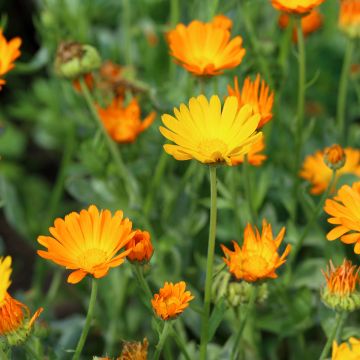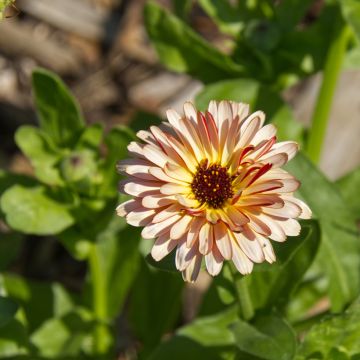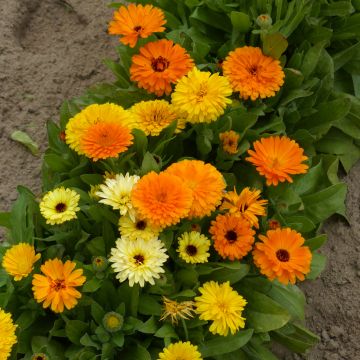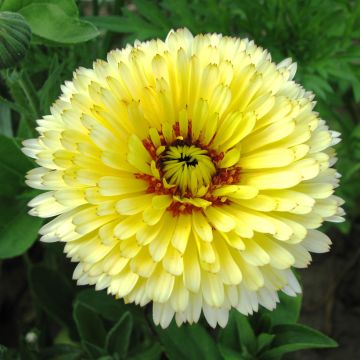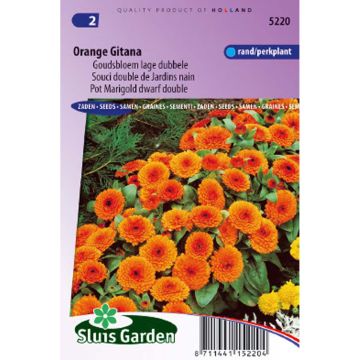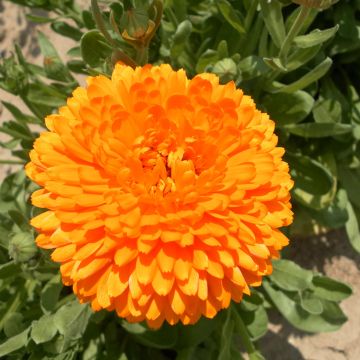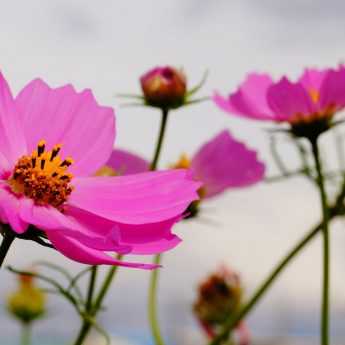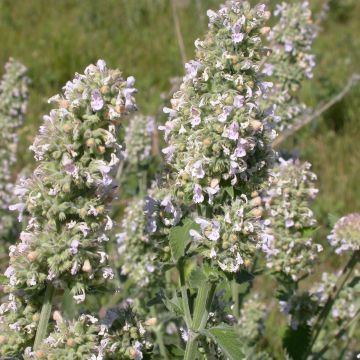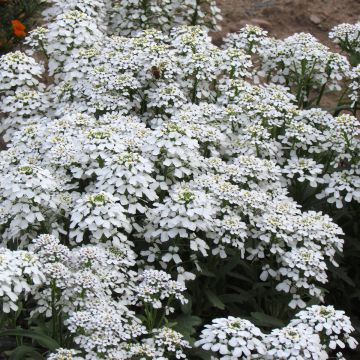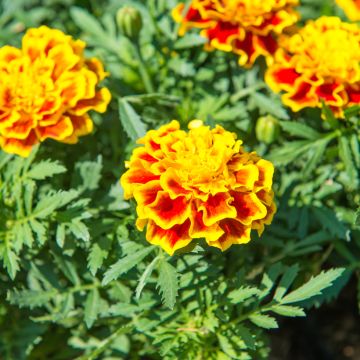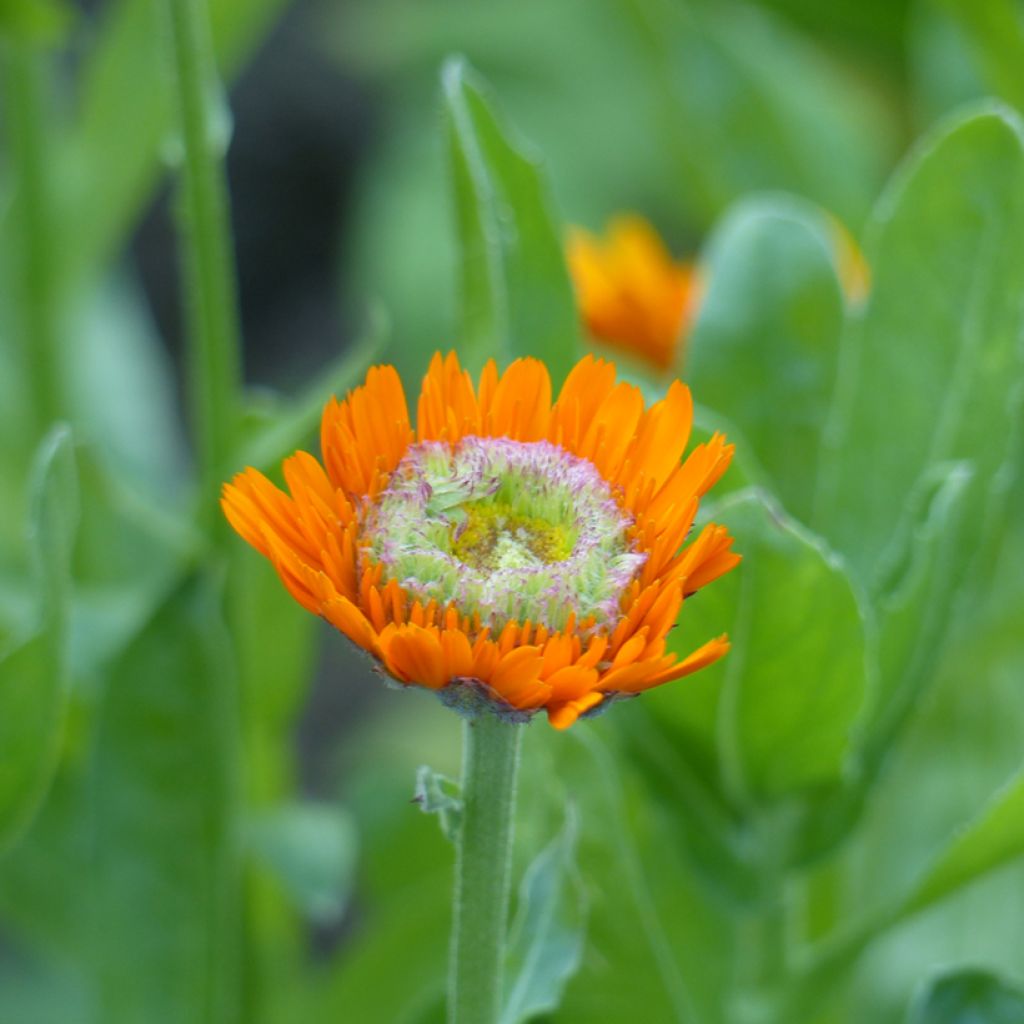

Calendula officinalis Ollioules Orange Greenheart - Garden Marigold seeds
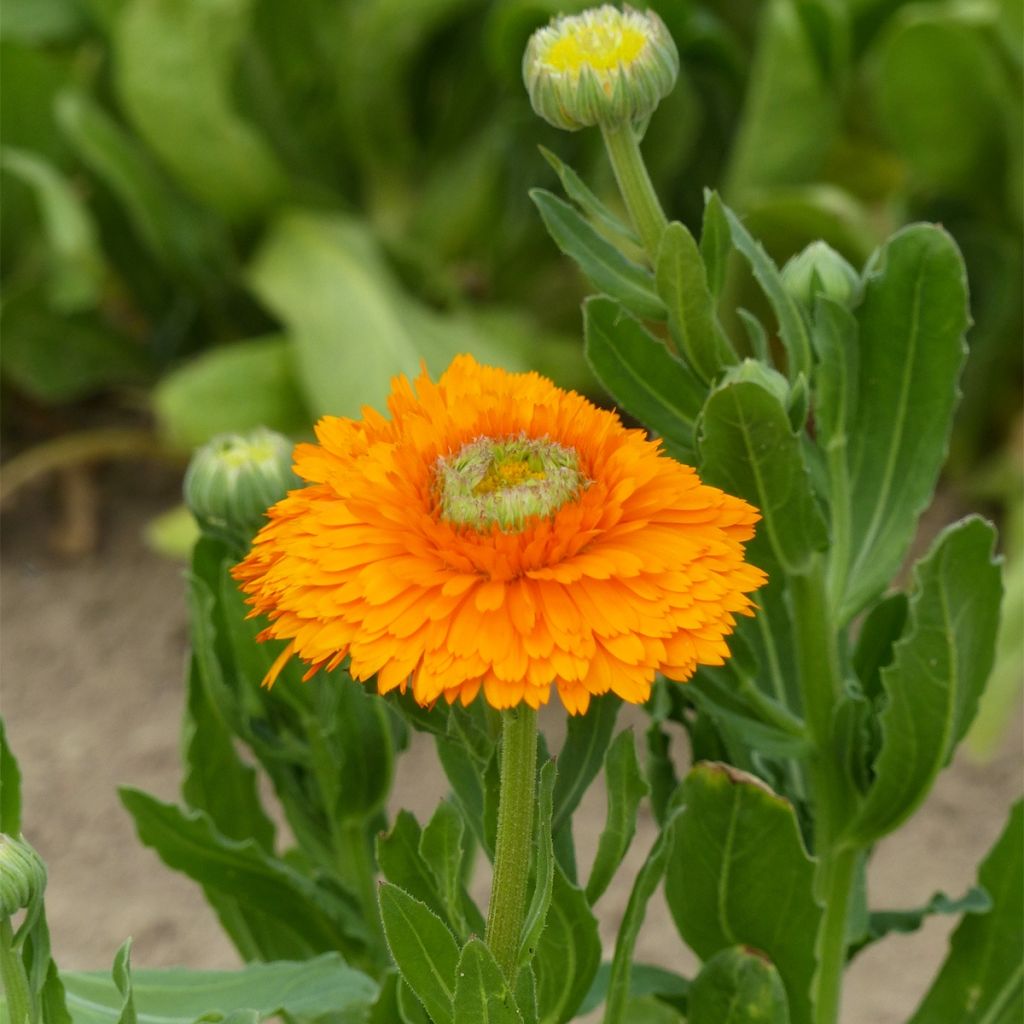

Calendula officinalis Ollioules Orange Greenheart - Garden Marigold seeds
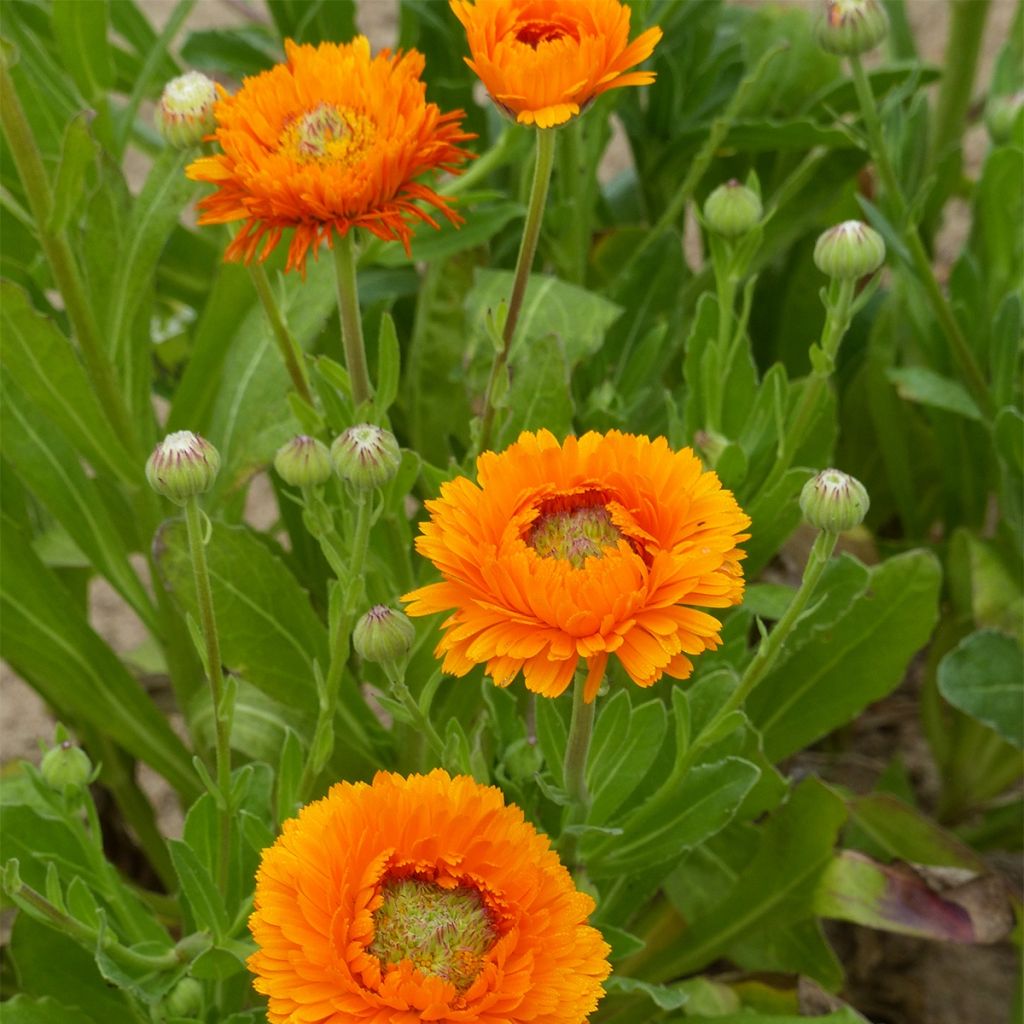

Calendula officinalis Ollioules Orange Greenheart - Garden Marigold seeds
Calendula officinalis Ollioules Orange Greenheart - Garden Marigold seeds
Calendula officinalis Greenheart Orange
English Marigold
This item cannot be shipped to the selected country
Dispatch by letter from €3.90
More information
Dispatch by letter from €3.90
More information
Schedule delivery date,
and select date in basket
This plant carries a 6 months recovery warranty
More information
We guarantee the quality of our plants for a full growing cycle, and will replace at our expense any plant that fails to recover under normal climatic and planting conditions.
Seed-only orders are dispatched by sealed envelope. The delivery charge for seed-only orders is €3.90.
Does this plant fit my garden?
Set up your Plantfit profile →
Description
The Calendula officinalis Greenheart Orange, with its beautiful flowers of a rich orange displaying a beautiful heart tinged with green and mauve, brings something new to the garden marigold. Its daisy-like flowers sport a generous collar of dentate petals surrounding a wide heart in a rather rare combination of colors for these plants. Sown in March-April, this annual plant will flower approximately 10 weeks later. Easy to grow in ordinary soil, this plant is within the reach of all, whether novice or experienced gardeners. Its flowers are perfect in bouquets.
The Calendula officinalis Greenheart Orange belongs to the family Asteraceae, of which it has the characteristic inflorescence in the form of a daisy called a head. This is a recent variety, selected for its rather unusual color. The plant, an annual, forms in a few months an upright clump composed of ramified stems that give it a rather bushy appearance. At maturity, this Greenheart Orange variety will reach 60 cm (23.6 in) in height when flowering and 45 cm (17.7 in) in spread. Its lanceolate leaves are velvety and very aromatic when crushed. Their bright green color provides a beautiful setting for its beautiful orange flowers, whose heart curiously takes on a green hue when they bloom. Its flowering starts in June and regularly continues until the end of summer, attracting many pollinating insects. Each head measures approximately 5-6 cm (2 - 2.4 in) in diameter. It is composed of a center of fertile florets surrounded by numerous long fringed "petals", which are actually ligulate flowers gathered in a crown. This crown opens in the sun and closes at night or in cloudy weather. The garden marigold seeds spread easily in various ways: by the action of the wind, by falling to the ground, but also by clinging to clothing and animal fur because these small crescents are clawed. They self-sow easily, as their germination is not inhibited by the cold. The seedlings are content with all types of soil, as long as they are in the sun for a good part of the day.
The Greenheart Orange Calendula is a valuable ally for quickly filling a flower bed or decorating a sunny terrace. Its beautiful flowers, very long-lasting in a vase, allow for making a quantity of bouquets for the home. The garden marigold naturally finds its place in a flower bed and in a pot whether in isolation or in a group. It combines beautifully with the wide palette of dahlias and complements the airy grasses. We can install it in small touches amidst the gray foliage of artemisias and stachys, with California poppies, red or blue shrubby salvias, cornflowers, or flood it with greenery, by combining it with tansies, Kochia childsii, or white, yellow or red ground cover roses that will harmonize with its rich orange shades. Calendula is also an edible flower, to be consumed in moderation, which can be used in a salad, in soup or in desserts. Some believe that its flavor resembles that of pepper.
Listed in gardens since the 12th century, the officinal marigold has virtues exploited in many fields. It is first and foremost a dye plant, used as a pigment. But it is also used in cosmetics, pharmacology, and homeopathy for its soothing, astringent, healing, anti-inflammatory, and hepatic properties, among others. Finally, its nickname of Faux Saffron comes from its culinary use. Indeed, the marigold advantageously replaces this spice by coloring rice dishes, as well as stews, soups, and herbal teas. Raw, it flavors cheeses, salads, and even butter. Moreover, it has long been established in the vegetable garden as an ally of other edibles, as it repels nematodes and attracts many pollinating insects.
Calendula officinalis Ollioules Orange Greenheart - Garden Marigold seeds in pictures
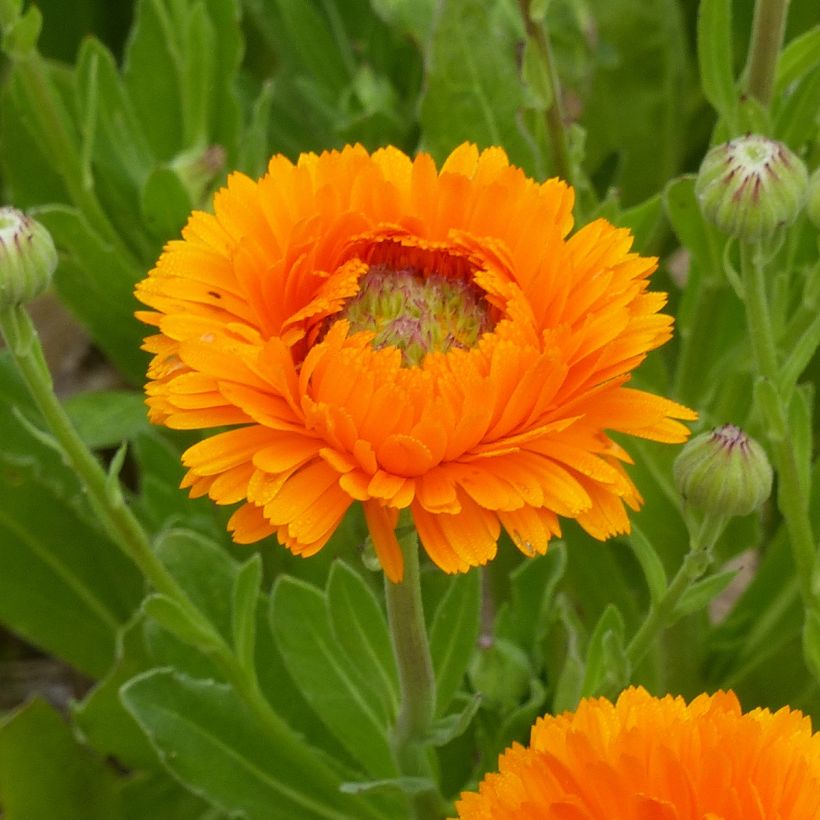

Flowering
Foliage
Plant habit
Botanical data
Calendula
officinalis
Greenheart Orange
Asteraceae
English Marigold
Cultivar or hybrid
Other Marigold seeds
View all →Planting and care
Marigold can be sown directly in the ground from March onwards in mild climates. If you are in a cold region, wait until the end of heavy frost, as the seeds prefer temperatures around 20°C. Loosen the soil a bit and choose a sunny location. The seeds will be sown by broadcasting, covered with 1 or 2 mm (0.1 in) of soil, and lightly watered. They will germinate between 5 and 10 days, and if necessary, you can thin them out by spacing them 30 cm (11.8 in) apart.
However, if you don't mind the heavy frost in winter, you can start your seedlings as early as September by sowing them in pots and keeping them sheltered until spring. You can then transplant the young plants in March into pots or directly in the ground to benefit from early flowering.
Cultivation:
Marigolds are fast-growing plants that thrive in full sun or partial shade in warm climates and sheltered areas. They are not demanding, as long as they are planted in well-drained, fairly fertile, and light soil. Protect the plants from slugs and snails, as they are fond of them.
Sowing period
Intended location
Planting & care advice
This item has not been reviewed yet - be the first to leave a review about it.
Flower seeds
Haven't found what you were looking for?
Hardiness is the lowest winter temperature a plant can endure without suffering serious damage or even dying. However, hardiness is affected by location (a sheltered area, such as a patio), protection (winter cover) and soil type (hardiness is improved by well-drained soil).

Photo Sharing Terms & Conditions
In order to encourage gardeners to interact and share their experiences, Promesse de fleurs offers various media enabling content to be uploaded onto its Site - in particular via the ‘Photo sharing’ module.
The User agrees to refrain from:
- Posting any content that is illegal, prejudicial, insulting, racist, inciteful to hatred, revisionist, contrary to public decency, that infringes on privacy or on the privacy rights of third parties, in particular the publicity rights of persons and goods, intellectual property rights, or the right to privacy.
- Submitting content on behalf of a third party;
- Impersonate the identity of a third party and/or publish any personal information about a third party;
In general, the User undertakes to refrain from any unethical behaviour.
All Content (in particular text, comments, files, images, photos, videos, creative works, etc.), which may be subject to property or intellectual property rights, image or other private rights, shall remain the property of the User, subject to the limited rights granted by the terms of the licence granted by Promesse de fleurs as stated below. Users are at liberty to publish or not to publish such Content on the Site, notably via the ‘Photo Sharing’ facility, and accept that this Content shall be made public and freely accessible, notably on the Internet.
Users further acknowledge, undertake to have ,and guarantee that they hold all necessary rights and permissions to publish such material on the Site, in particular with regard to the legislation in force pertaining to any privacy, property, intellectual property, image, or contractual rights, or rights of any other nature. By publishing such Content on the Site, Users acknowledge accepting full liability as publishers of the Content within the meaning of the law, and grant Promesse de fleurs, free of charge, an inclusive, worldwide licence for the said Content for the entire duration of its publication, including all reproduction, representation, up/downloading, displaying, performing, transmission, and storage rights.
Users also grant permission for their name to be linked to the Content and accept that this link may not always be made available.
By engaging in posting material, Users consent to their Content becoming automatically accessible on the Internet, in particular on other sites and/or blogs and/or web pages of the Promesse de fleurs site, including in particular social pages and the Promesse de fleurs catalogue.
Users may secure the removal of entrusted content free of charge by issuing a simple request via our contact form.

































